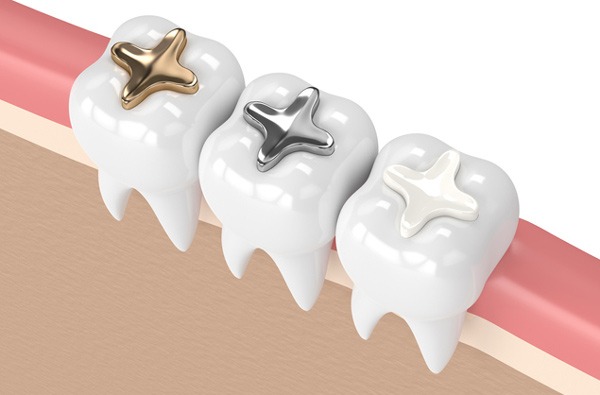Many people will develop cavities at some point in their life. Cavities can contribute to toothaches and loss of teeth. Luckily, modern dentistry provides many options for treating cavities, one of them being dental fillings. When filling a tooth, our dental team at Zenith Smiles begins by first removing the decay, after which the tooth is filled with a material of choice. We will discuss the filling material to use since there are numerous of them. Today, people care about choosing tooth-colored composite resin fillings because they blend with the shade and color of natural teeth. However, traditional amalgam fillings are still used to restore a cavitated tooth.

There are various types of fillings and all have their own pros and cons. Some of these filling materials are silver amalgams, gold, and tooth-colored composite materials. In the past, amalgam fillings were the most widely used material for tooth filling, but today their use is reducing. Dentists have used amalgam fillings for over a century. The fillings are constructed of a combination of metallic elements. One of the downsides of these silver amalgam fillings is that they are noticeable when you smile, laugh, or open your mouth. Some people prefer them because they are not as expensive as the other cavity-filling materials.
Another type is composite fillings, which are also known as filled resins. Composite resin fillings match the tooth color and they are fairly durable. They are suitable for small to midsize repairs in areas of the mouth where moderate chewing is experienced. Composite fillings, therefore, may not work for the molars and premolars where heavy chewing occurs.
Many patients want to replace the silver-colored amalgam fillings that are believed to contain mercury because of the concerns raised about their likely impact on long-term health. As such, tooth-colored composite fillings are taking the place of silver amalgam fillings. Our dentist can remove the silver amalgams and place composite resin fillings. If a larger filling is being replaced, our team will need to take a mold that is sent to the lab to design a precise fit composite resin filling. This means that you require a second appointment to finalize the filling procedure.
Glass ionomer fillings are another choice. They are a blend of glass and acrylic and create a cavity filling material that releases fluoride to aid with the protection of the teeth.
A dentist first numbs the tooth that is being repaired. The decayed areas are then removed and the dentist probes them to ensure that all decayed tissue has been gotten rid of. The dentist will then prepare the space where the filling goes in. The dentist cleans the cavity to eradicate debris and bacteria. The dentist may put a liner inside the cavity if the decay affects the areas near the root. The aim of the liner is to provide protection to the nerves in the pulp tissue. Once the filling is done, the dentist finishes and polishes it to ensure it is uniform and has the desired shape.
For composite resin, the dentist, after cleaning the cavitated area, applies the tooth-colored composite resin material in a layer, often curing each layer at a time with a special light. Thereafter,after achieving the desired layers, the dentist shapes the composite resin material and trims off excess filling before polishing the final restoration.
Find out about tooth filling by visiting us at Zenith Smiles. Call (714) 838-0790 to schedule an appointment.
About Us • Tustin, CA • Zenith Smiles
Above all else, we here at Zenith Smiles make sure our patients maintain healthy, bright, and beautiful smiles! Click here to learn more, or give us a call!
Zenith Smiles – DSO, 1101 Bryan Ave. #D, Tustin, CA 92780 / (714) 838-0790 / zenith-smiles.com / 4/15/2024 / Key Phrases: dentist Tustin CA /